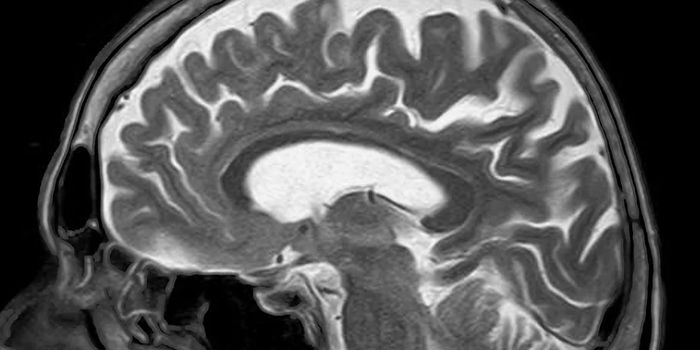It could cost as much as $268 billion to care for all Americans with autism spectrum disorder (ASD) this year. In 10 years that cost could rise to $461 billion or even go as high as $1 trillion if ASD keeps increasing, according to a study published in the Journal of Autism and Developmental Disorders and reported in Futurity (http://www.futurity.org/autism-costs-972802/?utm_source=feedly&utm_medium=webfeeds).

The study's senior author Paul Leigh, professor of public health sciences and researcher with the Center for Healthcare Policy and Research at University of California, Davis, explains, "The current costs of ASD are more than double the combined costs of stroke and hypertension and on a par with the costs of diabetes. There should be at least as much public, research and government attention to finding the causes and best treatments for ASD as there is for these other major diseases."
Expressing hope that the study will "inspire policy changes that emphasize early intervention to reduce ASD symptoms, along with employment and other programs that support the independence of adults with the disorder," Leigh adds, "This approach would ultimately save money that otherwise would be spent on expensive custodial care."
Autism spectrum disorder (ASD) and autism are both general terms for a group of complex disorders of brain development, according to the activist organization Autism Speaks. These disorders are characterized by problems with social interaction, verbal and nonverbal communication and repetitive behaviors. With the May 2013 publication of the DSM-5 diagnostic manual, all autism disorders were merged into one umbrella diagnosis of ASD. In the past, these conditions were recognized as distinct subtypes, including autistic disorder, childhood disintegrative disorder, pervasive developmental disorder-not otherwise specified (PDD-NOS) and Asperger syndrome (https://www.autismspeaks.org/what-autism).
Leigh and coauthor Juan Du, who earned her doctorate at UC Davis, to come up with the per-person and then total costs of ASD. They used statistics on medical services, residential care, special education, in-home care, transportation, employment support and lost productivity that came from research literature, the US Centers for Disease Control and Prevention and the Bureau of Labor Statistics. In determining cost ranges accounting for age and degree of intellectual disability, as well as population changes and ASD prevalence, the team discovered that the comprehensive costs of ASD will be between $162 and $367 billion for 2015 (with an estimate of $268 billion) and between $276 to $1 trillion (with an estimate of $461 billion) for 2025. The 2015 numbers are comparable to those for diabetes and are larger than the combined costs of stroke and hypertension. If ASD cases escalate as they have recently, the costs will be far greater than those of diabetes by 2025.
To cut down these huge costs, the researchers suggest a research investment in ASD that matches the one for diabetes, which is funded by the National Institutes of Health at greater than five times the total of research on ASD. According to Leonard Abbeduto, director of the UC Davis MIND Institute, an autism treatment and research center, "The staggering costs identified in this study should serve as a call to action."









